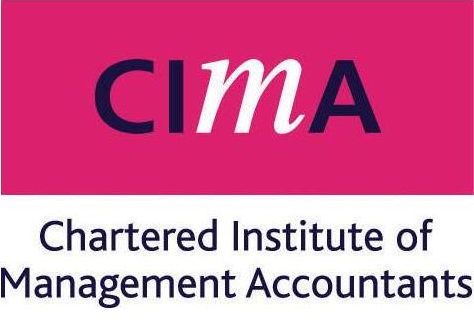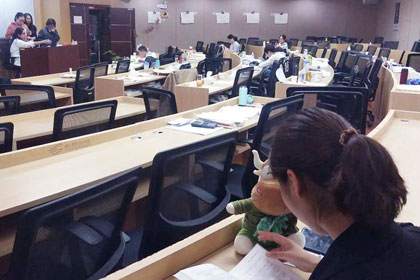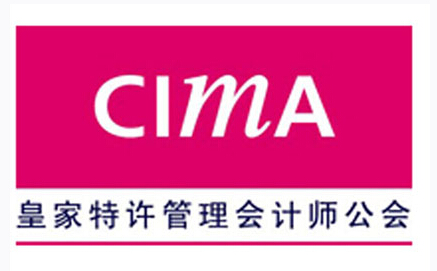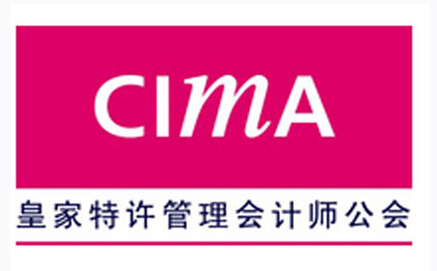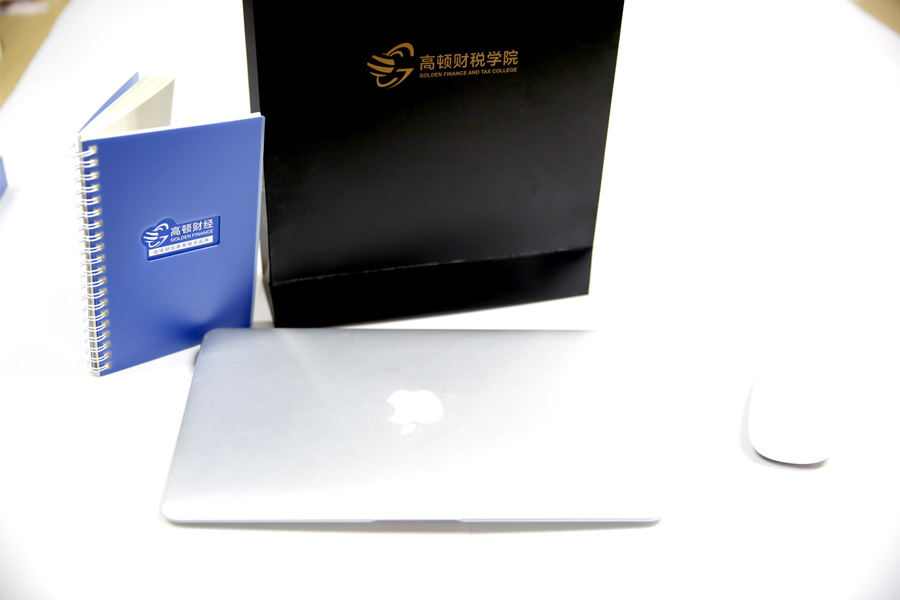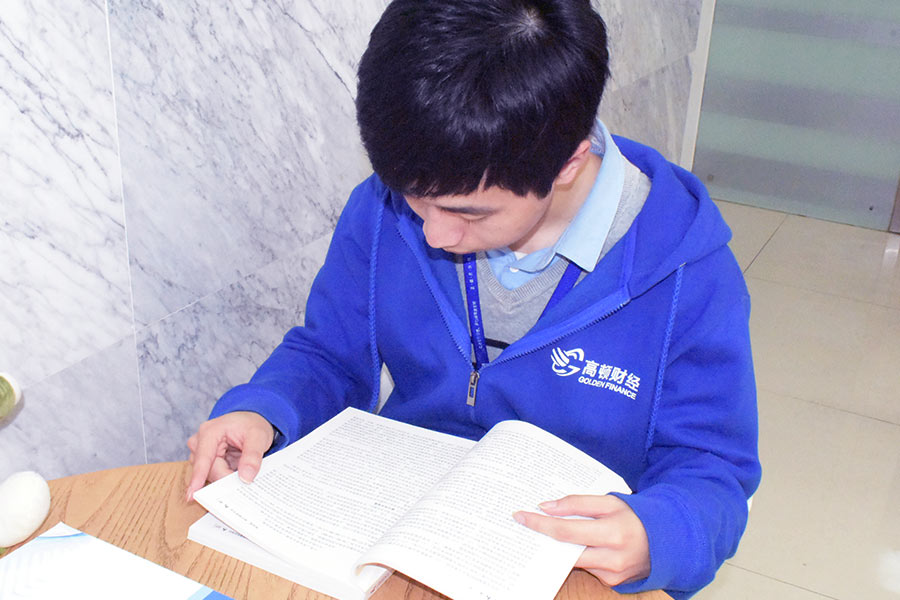CIMA考试的该做与不该做
来源:
高顿网校
2014-07-17
1. Confirm the fundamentals
Using theperformance pillar as an example, this point affects two particular groups ofstudents – those who have been awarded an exemption from the certificate stageand are attempting P1, and those who have been awarded exemptions from thecertificate stage and P1 and are attempting P2.
In both casesstudents are advised strongly to examine the syllabi of papers from which theyare exempt to ensure they are familiar with the full range of syllabus topics.The awarding of exemptions is not an exact science and it is unlikely thatevery item in the syllabus of the exempt paper will have been covered; theremay well be knowledge gaps to be ‘plugged’.
All studentsshould be mindful of the ‘progressive nature of the syllabus’ – topics that areincluded in the P1 syllabus can be still tested in the P2 exam, even thoughthey do not appear in the P2 syllabus. Two key examples are variance analysisand investment appraisal.
2. Pre exam reading time
Make full use ofthe 20 minutes’ reading time. Plan your approach to the paper, identify yourstrongest question, decide (if appropriate) which of the option questions toattempt and decide in which order you’re going to attempt the questions.
Good planningmaximises the time available. Avoid the common error of not using the readingtime properly and simply rushing into answering questions.
3. Time management
A welldocumented point, but one worth repeating. I recommend you keep to a ratio of 1.8minutes per mark. This will save you from having to write comments, seenfrequently on the last page of an exam booklet, such as ‘Sorry, ran out oftime.’
Taking an extraten minutes to finalise the answer to one question will prevent you making agood start on the next question. An overrun of just five minutes per questioncould mean you have no time to attempt the last question.
4. Prepare an answer plan
Prepare a planfor each answer, especially for 20/25 mark questions. This will help you avoida common error where students pack all they know into answering part (a) of aquestion, and in doing so have also answered parts (b) and (c). A plan, howeverbrief, would stop you losing valuable marks in this way.
5. Relate effort to marks
I mark scriptswhere students have written two pages for a subpart of a question worth onlytwo or three marks. Relate your effortto the marks available.
6. Follow instructions
Marks are veryoften lost because answers do not answer the question.
For example, ifthe question calls for the answer to a payback question to be to one decimalplace of a year, then marks will not be awarded for answers such as 'two yearsfour months'.
7. Keep to the scenario
Many questionscontain a simple scenario; your answers should relate to this scenario.
I often see twotypes of error here. Firstly some students introduce their own scenario, forexample, in a question about a gain sharing agreement between employer andemployee, students have put forward answers which introduce the supplier andthe customer.
Secondly, someanswers completely ignore the scenario which is a mistake because the examinermay have been trying to establish whether students could apply the accountingtechnique in a normal business situation.
8. Don’t write out the question
This is acomplete waste of valuable time.
9. Write clearly
If markerscannot read the answers, they cannot award marks, so practice yourhandwriting.
10. Relate to workings
If you prepareand refer to workings, and the workings are clear and relevant, marks can beawarded. The opposite also applies.
11. Attempt all required questions
Give yourselfthe chance to attain 100%. If you only attempt 70 to 80% of the paper you willseriously affect your chances of passing.
Do not attemptall the optional questions. If you are required to answer two questions out ofthree, do not answer all three, as you simply do not have the time.
12. Understand the question
Many studentsfail to understand or appreciate what they are required to do. For example if aquestion asks you to ‘explain target costing and standard costing then comparethe two’ there are three parts to the questions. If you fail to make acomparison, you will miss out on available marks.
13. Understand the syllabus and verb hierarchy
Right from thestart, you need to appreciate how the overall syllabus fits together, tounderstand how each pillar is constructed and the characteristics of eachindividual paper.
For example,each subject in each syllabus is divided into a number of broad syllabustopics, and each topic contains one or more lead learning outcomes, relatedcomponent learning outcomes, and indicative knowledge content.
CIMA placesgreat importance on the choice of verbs in exam question requirements. You must answer the question according to thedefinition of the verb used and appreciate the level of verb that relate toeach paper and each stage of the syllabus. For example, you must understand thedifference between ‘describe’ and ‘explain’ and answer the question accordingly.
14. Avoid a ‘brain dump'
If you ignorethe question and simply write everything you know about a topic, you are ‘braindumping’ – expecting the marker to extract those parts of the answer that maybe relevant to the question. Such answers gain very few marks.
15. Do not answer your own question
A common faultis that some students answer their own question, not the one that was asked.
A May 2011 P2exam question asked students to ‘Explain why and how controllable costs shouldbe shown on the profit reports.’
Many studentssimply stated ‘controllable costs should not be shown on the profit reports’and then went on to explain their reasoning for this statement. No marks could be awarded.
16. Ensure a sensible answer
Submitting ananswer to a numerical question that is simply not possible in the context ofthe question is a common but easily avoidable fault.
For example, aMay 2011 question required students to calculate the selling price that wouldmaximise the company’s profit. The company forecast demand to be 150,000 unitsand the total variable cost was GBP13.80 per unit.
Students wereputting forward, and then attempting to describe figures, such as a sellingprice of GBP3 and an optimum output figure of 3.8 million!
If you knowthere is an obvious mistake in your answer, append a note to this effect.
17. Take pride in presentation
write clearly
use a good pen
do not write in the margins
label all figures and diagrams
refer clearly to workings
use punctuation
state the units e.g. ? or $
clearly indicate if part of the answer to one of the questionsappears later in the exam booklet.

扫一扫微信,*9时间获取2014年CIMA考试报名时间和考试时间提醒
高顿网校特别提醒:已经报名2014年CIMA考试的考生可按照复习计划有效进行!另外,高顿网校2014年CIMA考试辅导高清课程已经开通,通过针对性地讲解、训练、答疑、模考,对学习过程进行全程跟踪、分析、指导,可以帮助考生全面提升备考效果。
报考指南:2014年CIMA考试报考指南
高清网课:CIMA考试网络课程
报考指南:2014年CIMA考试报考指南
高清网课:CIMA考试网络课程
版权声明:本条内容自发布之日起,有效期为一个月。凡本网站注明“来源高顿教育”或“来源高顿网校”或“来源高顿”的所有作品,均为本网站合法拥有版权的作品,未经本网站授权,任何媒体、网站、个人不得转载、链接、转帖或以其他方式使用。
经本网站合法授权的,应在授权范围内使用,且使用时必须注明“来源高顿教育”或“来源高顿网校”或“来源高顿”,并不得对作品中出现的“高顿”字样进行删减、替换等。违反上述声明者,本网站将依法追究其法律责任。
本网站的部分资料转载自互联网,均尽力标明作者和出处。本网站转载的目的在于传递更多信息,并不意味着赞同其观点或证实其描述,本网站不对其真实性负责。
如您认为本网站刊载作品涉及版权等问题,请与本网站联系(邮箱fawu@gaodun.com,电话:021-31587497),本网站核实确认后会尽快予以处理。
严选名师 全流程服务
其他人还搜了
热门推荐
-
CIMA免试政策常见问题汇总 2021-12-20
-
CIMA和CPA区别,此文带你了解! 2021-04-02
-
CIMA考下来究竟要多长时间? 2021-03-11
-
cima有中文版考试吗?! 2021-02-01
-
特许管理会计师(cima)难考吗? 2021-01-07
-
cima考试需要参加培训班吗? 2020-12-25
-
CIMA考试是英文还是中文? 2020-12-08
-
cima证书认可度如何? 2020-11-30
-
CIMA是全英文考试吗? 2020-11-27
-
CIMA考试通过率是多少? 2020-11-13
-
CIMA考试题型及考试时长信息说明 2020-08-14
-
cima和acca究竟考哪个好 2020-08-10
-
2020年8月CIMA考试注意事项相关信息 2020-07-29
-
2020年CIMA考试费用是多少? 2020-07-02
-
cima有中文考试吗? 2020-04-29
-
cima有中文考试吗? 2020-04-29
-
CIMA中国考点大汇总 2020-03-30
-
CIMA考试科目及免考政策相关信息 2020-03-23
-
考CIMA证书到底有什么用? 2019-12-13
-
CIMA互免政策相关信息 2019-12-09
-
cima和cma哪个含金量高 2019-12-05
-
要想通过CIMA考试,需要看哪些教材? 2019-12-04
-
cima好考吗? 2019-12-02
-
cima考试考什么 2019-11-29
-
cima最快多久能考完 2019-11-29
-
acca和cima哪个难度大?! 2019-11-27
-
一文了解:acca与cima对比 2019-11-26
-
cima到底难考嘛 2019-11-26
-
CIMA是什么证书,含金量怎么样? 2019-11-15
-
大学四年可以考完cima吗 2019-11-11
 高顿项目
高顿项目
